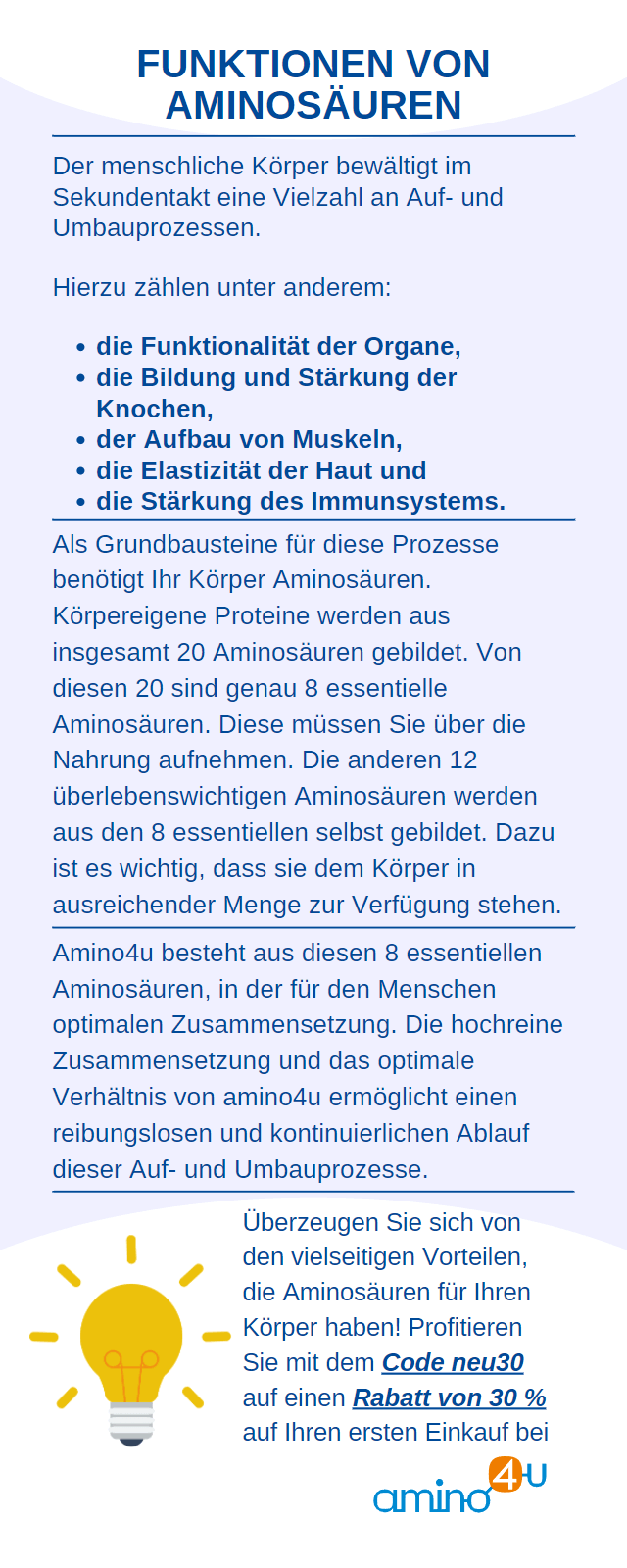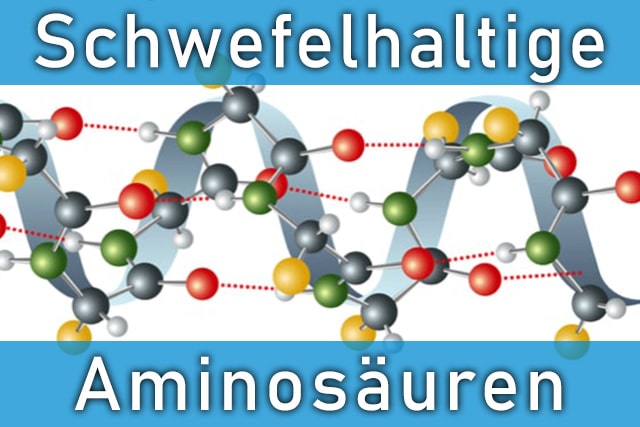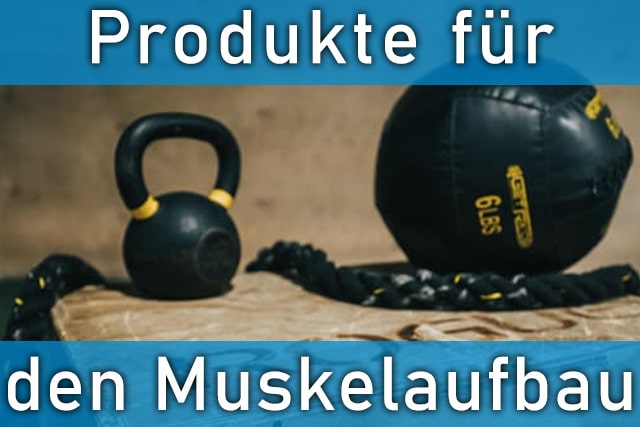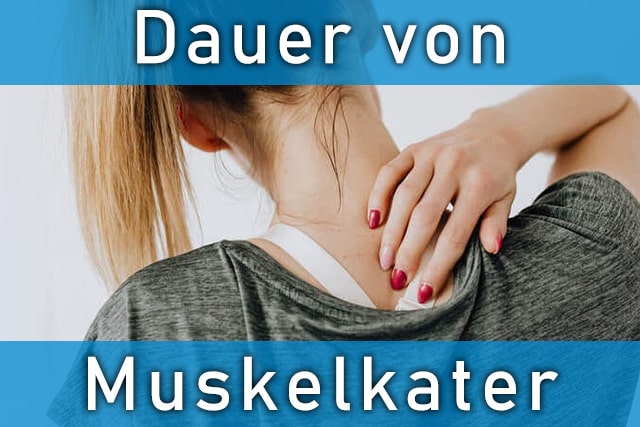Spinal slip does not cause symptoms in all cases. Many sufferers experience pain and impairment of nerve areas due to this instability of the spine. How do sliding vertebrae react to strength training?
Strengthening the muscles is essential to achieve more stability and an improvement in symptoms. In this article we have put together the most important information on the topic for you.

The sliding vortex
Normally we are happy about increased mobility in parts of our anatomy. Things are different with sliding vortices . A spinal vertebra becomes mobile so that it leaves its original position and the entire affected area of the spine becomes unstable. This can lead to pain and further complications, among other things.
Classically,spondylolisthesis (vertebral slip) occurs in the lumbar region and thus in the lower segment of the spine. The 5th lumbar vertebra in particular tends to shift . This interrupts the vertebral arch in this segment. It is estimated that up to 7% of the population suffers from over-flexed vertebrae, so the need for information is high.
Sliding vertebrae: causes and symptoms
Hypermobility of individual vertebrae can be congenital. It occurs much more frequently over the course of life.
The causes include:
- Signs of wear and tear on individual vertebrae or the entire spine.
- traumatic events such as accidents affecting the vertebrae.
- pathological changes in the bone structures such as osteoporosis.
- Consequences after spinal surgery.
Spondylolisthesis is graded I-IV. The differentiation refers to a percentage by which the sliding vertebra has shifted from its healthy position .
- At severity level I, an offset of less than 25% can be observed.
- With severity level II, an offset of between 25 and 50% is achieved.
- Severity III is characterized by an offset of over 50%.
- A displacement of over 75% is characteristic of severity level IV.
Sliding vertebrae: manifestations and complaints
The discovery of spondylolisthesis is often an incidental finding. Due to other illnesses, an x-ray is taken and it becomes apparent that there is a problem with the sliding vertebra. The diagnosis is regularly confirmed by an MRI.
Depending on the severity and the vertebra affected, some sufferers experience intense pain. In addition, nerves in the spinal canal can be pinched and overstretched by the moving vertebrae. Under certain circumstances, abnormal sensations may occur in the nerve cords. Long-term nerve damage is also possible.
Therefore, symptoms of paralysis cannot be ruled out. Functional restrictions in the rectum and bladder can also occur. Over a long period of time, the intervertebral discs involved wear intensively. This leads to herniated discs and increases pain . The lower back area and legs are particularly affected by pain.

Sliding vertebrae: treatment approaches
There are no mandatory guidelines for orthopedic surgeons in the treatment of spondylolisthesis. Whether conservative or surgical measures are the priority depends, among other things, on the position of the sliding vertebra . The severity of the disease also plays a role here.
The main aim of interventions is to remove possible narrowings in the spinal canal and thus free pinched nerves. Some of the operations also aim to stiffen and stabilize the affected areas of the spine .
There is a connection between pain that occurs with sliding vertebrae and the condition of the back extensors. The erector spinae or erector spinae in Latin is a muscle that runs on the side of the spine. To be precise, we are talking about a muscle group. It extends from the head down to the pelvis.
The back extensor is surrounded by connective tissue (fascia tissue), which also has a stabilizing effect. The back extensor plays a particularly important role in the overall stability of the spine. If it becomes tense, we often have to deal with pain in the lumbar region.
If, for example, the erector spinae weakens in old age due to a lack of training, complaints related to sliding vertebrae often only become noticeable. We can therefore speak of spondylolisthesis as an age-related disease. Strictly speaking, it is not the age that is crucial, but the training condition of the muscles .
Recognize the importance of the erector spinae to stabilize the spine, recognize why you should build muscle in sliding vertebrae. Building muscle in old age is not only an important topic in this context.
Gliding vertebrae strength training for the back muscles
The back muscles make a significant contribution to stabilizing the spinal area. During spondylolisthesis, the muscles have to absorb this instability even more intensively. We also know this connection from muscle building after intervertebral disc surgery . One of the rehabilitation measures is to strengthen surrounding muscles.
Muscle building training is therefore a must when dealing with sliding vertebrae problems. It is also understandable that if a vertebra has excessive mobility, not every type of training is an option. In particular, forces associated with strong compression could worsen spondylolisthesis or promote an acute disc herniation.
In the case of spondylolisthesis, it is recommended that training sessions and exercises initially be carried out with an accompanying trainer. This person should be familiar with the sliding vertebra problem . Exercises with and without equipment can be considered.
Very simple exercises are also possible. Most training sessions aim to stabilize the back extensors .
An exercise with little effort can be carried out with a stability ball - as shown here:

The surrounding fascia is included in the training. They also provide stability around the spine. The abdominal muscles also play an important role. They also have a stabilizing influence on the entire back region.
Which sport for sliding vertebrae? Permanent strength training
Anyone who is dealing with sliding vertebrae must first ensure that the muscles in the back area are stabilized and developed. Since the sliding vertebra problem remains in the long term, the training condition of the muscles must be maintained in a further stage.
Otherwise, the situation may worsen again and symptoms of spondylolisthesis may become more pronounced. Strength training sessions are permanently mandatory for those affected. They are an important basis for muscle growth . Diet also has a significant influence.
Muscle building products for sliding vertebrae
Muscles need protein as a building material. When we talk about protein or protein , we mean the amino acids as the smallest building blocks. Our need for protein can increase, especially as we get older. The frequently mentioned 0.8 g of total protein per kilogram of body weight may no longer be enough.
Care is required when we follow a calorie-restricted diet. This may be appropriate because excess weight and sliding vertebrae do not form a good combination . Too many kilos put strain on our spine and can further jeopardize stability.
In many diets we do not pay attention to the intake of sufficient proteins . Here our body will rely on existing protein in the muscles. Despite strength training, muscle growth does not occur.
The muscles shrink and our basal metabolic rate when consuming energy decreases. As a result, we will gain weight quickly, so our dieting efforts will not be successful. We are dealing with the classic yo-yo effect .
When it comes to low-calorie diets and building muscle as you get older, additional intake of amino acids is usually necessary. This applies even more if we are building muscle after intervertebral disc surgery and/or in connection with a sliding vertebra problem.
If you suffer from slipping vertebrae, strength training sessions are indispensable for you . The erector spinae, other back muscles, abdominal muscles and surrounding fascia must be strengthened. The training should be accompanied by a professional until you have mastered the relevant exercises with and without equipment.
Muscle building products, especially with important amino acids, support you on the nutritional side in developing more muscles and maintaining them permanently. Many of those affected are able to alleviate the symptoms with targeted muscle building training without having to resort to serious surgical interventions. This can delay progression of the disease.




